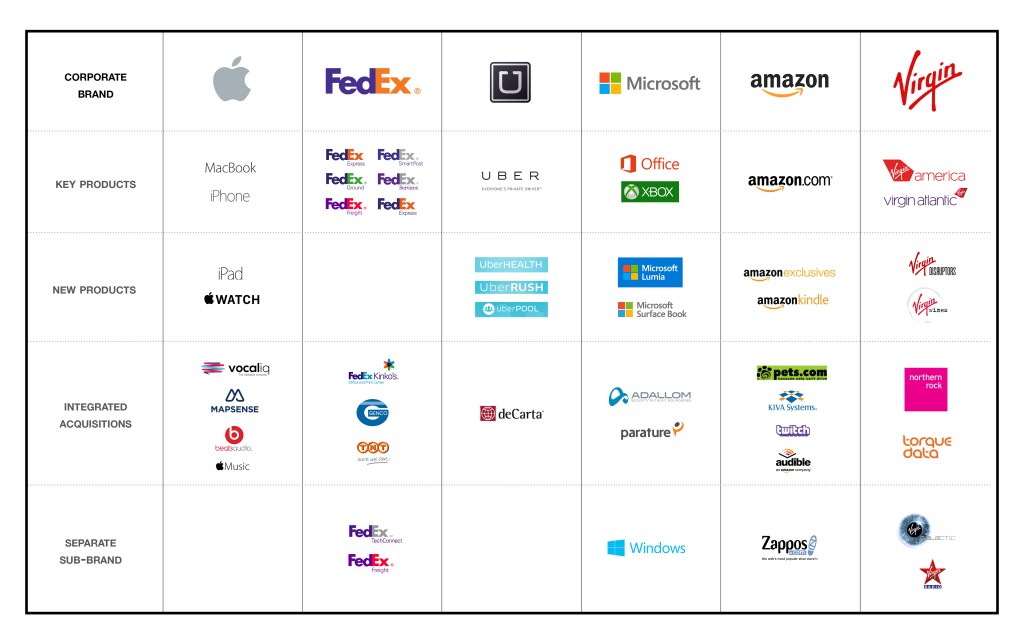This article originally appeared on Chief Marketer.
The right brand architecture strategy equals clarity. It is an external expression of the corporate business strategy and the criteria to guide effective brand decision-making. When done right, it helps customers easily understand what you do and find what they are looking for.
Beginning a brand architecture program often results in sighs and groans from our clients. Our advice—keep it simple. To kick-start your process, here are three simple steps.
Step 1: Identify the symptoms of a brand architecture strategy that aren’t working hard enough.
Are customers confused?
Begin with your customers. As companies inevitably grow, acquire and pivot from their original purpose, brands become diluted and product offerings less clear. If customers have a hard time understanding what you do, don’t realize the full extent of your business’s offerings and/or don’t understand how brands connect, it may be time to re-examine your brand architecture.
How do you want your customers to purchase your products and engage with your brand?
Always start from the outside in, and identify how people engage and look to your business:
- Multiple interconnected problems
- One discrete problem
- Somewhere in between
Is there an opportunity to systematize?
A shared framework for building and managing your portfolio’s brands helps to rein in the product teams and your organization’s approach to managing and developing its stable of brands. Simple criteria and process inform whether or not you brand related divisions under the same umbrella, build individual sub-brands and/or discrete product brands, and how you integrate a brand into your portfolio.
Step 2: Pinpoint the model that’s right for your business.
In broad strokes, there are three approaches to brand architecture with universal principles to guide how you will brand and manage your portfolio: branded house, hybrid and house of brands. Simply, where your business sits on this spectrum has a myriad of implications for how you brand your brands.
Several major factors influence the model your business selects. Boiled down there are two factors that often trump all others—business vision and budget. A solid brand architecture works in support of your business’s ambition. That’s why identifying the destination for your brand is so critical.
Be realistic. Does your brand have the budget, team and resources to support a portfolio of brands or the resources for building one powerful brand? Maintaining the status quo or establishing a new normal takes a solid strategy, discipline and time. The right model helps you lay the foundational criteria and the tools that will help your team enact that vision.
Step 3: Create the visual and verbal blueprint for your brand’s portfolio
Next, figure out how your portfolio’s parts and pieces are organized, related and communicated. Tightly managed brands have a visual and verbal blueprint. Brands use these visual and verbal breadcrumbs (e.g., visual system, nomenclature system) to help external audiences and customers better understand how the components of their business hang together. As brand managers, an endorsed visual and verbal blueprint makes the creation, integration and management of brands more efficient.
Voilà! While there is no one-size-fits-all approach when you begin to take a deep dive into brand architecture, these three steps should provide a foundational framework to building an architecture that will help drive future growth.
Nancy Hansell is a strategy director at Siegel+Gale.



